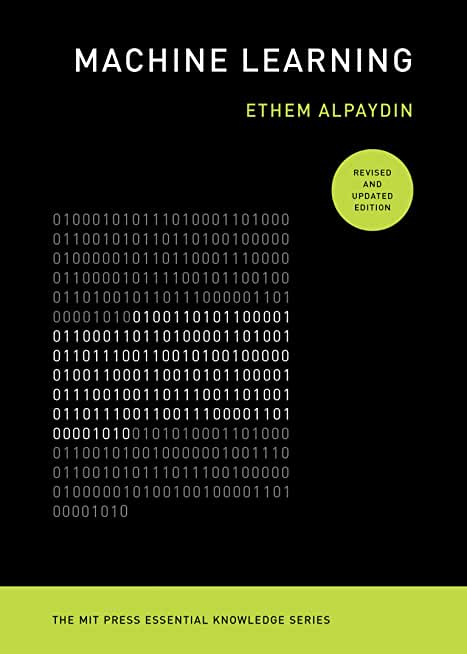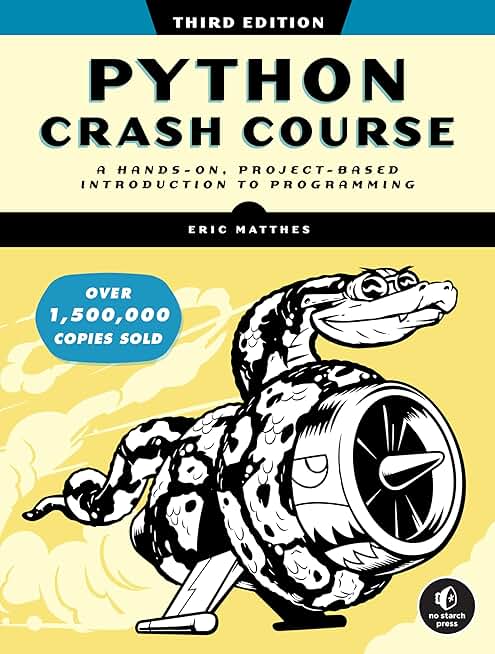Fast Track to EJB 3.0 (JEE 5 level) Training in Rochester
|
We offer private customized training for groups of 3 or more attendees.
|
||
Course Description |
||
| This course provides thorough coverage of the EJB3 technology -
presented in a clear and effective manner. It starts with the basic
concepts and APIs of EJB and then continues on with complex topics such
as message driven beans and transactions. New concepts such as the use
of annotations and the use of Dependency Injection to initialize
references are covered in depth. The course also includes a solid
introduction to developing persistent entities using the Java
Persistence API (JPA).
Course Length: 3 Days
Course Tuition: $1290 (US) |
||
Prerequisites |
|
| A working knowledge of Java. | |
Course Outline |
|
Introduction
Overview of EJB and Java Persistence API (JPA)
Goals of EJB, EJB in the Java EE architecture
EJB 3.0 Overview
Session Beans, Persistent Entities, Message Driven Beans
Lab: Server setup and introduction
Session Beans
Session Bean Overview
Services provided, Stateless and Stateful Beans
Defining a Session Bean - EJB 3 Annotations
The Bean Implementation, Remote and Local Business Interface
Packaging and Deployment
ejb-jar file, Deployment Descriptors in EJB 3
EAR file
The EJB Container
Lab: Creating a Stateless Session Bean
JNDI Overview
Distributed Naming and Lookup
Context and InitialContext
Using JNDI
Writing an EJB 3 Client
Client View of a Session Bean
PortableRemoteObject and Casting
Running the Client
Lab: Creating an EJB Client
Additional Capabilities
Resources and Dependency Injection
EJB referencing another EJB
Referencing Resources, Environment Entries
Connection Factories (DataSource and others)
Lab: Using Dependency Injection
Lab: Creating and Using Environment Entries
Session Bean Lifecycle and Interceptors
Stateless Session Bean Lifecycle
Business Method Interceptors, InvocationContext, Lifecycle Callback Interceptors, Interceptor Classes
Lab: Working with Interceptors
Stateful Session Beans
Overview
Defining, Client Relationship
Lifecycle, Activation, Passivation
Lab: Stateful Session Beans
Timer Service
Overview and usage
Message-Driven Beans
Overview of Messaging Systems
Messaging, Loose Coupling
Pub/Sub, Point2Point
Overview of JMS API
Overview and Structure
ConnectionFactory and Destination
JMS Producer and Consumer Client example
JMS Messages
Message-Driven Beans (MDB)
Overview and Goals
@MessageDriven and MDB example
Configuring with activationConfig
State Diagram and Interceptors
Lab: Message Driven Beans
Transactions and Security
Overview of Transactions and Transactional Systems
ACID, Transaction Managers, Resource Managers
Transactions in EJB 3
Declarative Transaction Management
Transaction Attributes and Transactional Scope
Transaction Scenarios and Bean-Managed Tx
Lab: Working with Transactions
Security
Java EE Security Overview (Role-based)
@RolesAllowed, @PermitAll
Programmatic Security
Lab: Integrating EJB and Java EE Security
Exceptions
Exception Overview
Checked and Unchecked Exceptions
Exceptions in EJB 3
Application Exceptions, System Exceptions
EJB 3 Best Practices
When to Use, Coarse-Grained Business Interfaces, Session Façade, Transaction Guidelines, Clustering
Introduction to Java Persistence API (JPA)
Overview
Persistence Layers, Object-Relational Mapping (ORM), JDBC
JPA Overview
Mapping with JPA
Entities and @Entity, ids and @Id,
Generated Id Values
Basic Mapping Types
Lab: Mapping an Entity Class
EntityManager
Persisting to the DB, the EntityManager,
Persistence Units and Configuration
Injecting an EntityManager
Retrieving Persistent Entities
Lab: Using the EnityManager to persist and find an Entity
Updates and Queries
Inserting and Updating
Transient, Persistent, Detached, Removed
Persisting new Entities, Updating a Persistent Instance
Lab: Inserting and Updating an Entity
Querying and JPQL
Object Based Queries, Select statements, WHERE clause
Named Queries
Lab: Creating and Using JPQL Queries
Versioning and Optimistic Locking
Detached Instances
Versioning and Optimistic Locking in EJB
[Optional] Session 9: Overview of Entity Relationships
Object Relationships Overview
Mapping Overview (1-1, 1-N, N-1, N-N)
Unidirectional and Bidirectional
Owner, Invoice and Join Columns
Lazy and Eager Loading, and Cascading
Inheritance Mapping Overview
[Optional] Session 10: Additional JPA Capabilities
Versioning Overview
Queries - Projection, Aggregate, Bulk Update/Delete
Embedded Objects
EJB 3 and Java SE
|
Course Directory [training on all levels]
- .NET Classes
- Agile/Scrum Classes
- AI Classes
- Ajax Classes
- Android and iPhone Programming Classes
- Azure Classes
- Blaze Advisor Classes
- C Programming Classes
- C# Programming Classes
- C++ Programming Classes
- Cisco Classes
- Cloud Classes
- CompTIA Classes
- Crystal Reports Classes
- Data Classes
- Design Patterns Classes
- DevOps Classes
- Foundations of Web Design & Web Authoring Classes
- Git, Jira, Wicket, Gradle, Tableau Classes
- IBM Classes
- Java Programming Classes
- JBoss Administration Classes
- JUnit, TDD, CPTC, Web Penetration Classes
- Linux Unix Classes
- Machine Learning Classes
- Microsoft Classes
- Microsoft Development Classes
- Microsoft SQL Server Classes
- Microsoft Team Foundation Server Classes
- Microsoft Windows Server Classes
- Oracle, MySQL, Cassandra, Hadoop Database Classes
- Perl Programming Classes
- Python Programming Classes
- Ruby Programming Classes
- SAS Classes
- Security Classes
- SharePoint Classes
- SOA Classes
- Tcl, Awk, Bash, Shell Classes
- UML Classes
- VMWare Classes
- Web Development Classes
- Web Services Classes
- Weblogic Administration Classes
- XML Classes
- RED HAT ENTERPRISE LINUX SYSTEMS ADMIN I
3 November, 2025 - 7 November, 2025 - Python for Scientists
8 December, 2025 - 12 December, 2025 - Object-Oriented Programming in C# Rev. 6.1
17 November, 2025 - 21 November, 2025 - Introduction to Spring 6, Spring Boot 3, and Spring REST
15 December, 2025 - 19 December, 2025 - Fast Track to Java 17 and OO Development
8 December, 2025 - 12 December, 2025 - See our complete public course listing
Java Programming Uses & Stats
|
Difficulty
|
Popularity
|
Year Created 1995 |
|
Pros
Most Commonly Used:
Great Career Choice:
Android Apps Development:
It Can Run On Any Platform:
Great Supporting IDE's: |
Cons
Uses a Lot of Memory:
Difficulty in Learning:
Slow Start Up Times:
Verbose and Complex Code:
Commercial License Cost: |
| Java Programming Job Market |

Average Salary
|

Job Count
|

Top Job Locations
New York City |
|
Complimentary Skills to have along with Java Programming
- If you are an experienced Java developer, learning a complimentary language to Java should come much more naturally. As an example JetBrains recently created the Kotlin programming language which is officially supported by Google for mobile development. Kotlin compiles to Java bytecode and runs on the JVM; it's purported to address many of Java's shortcomings... |






